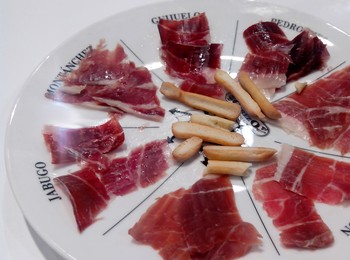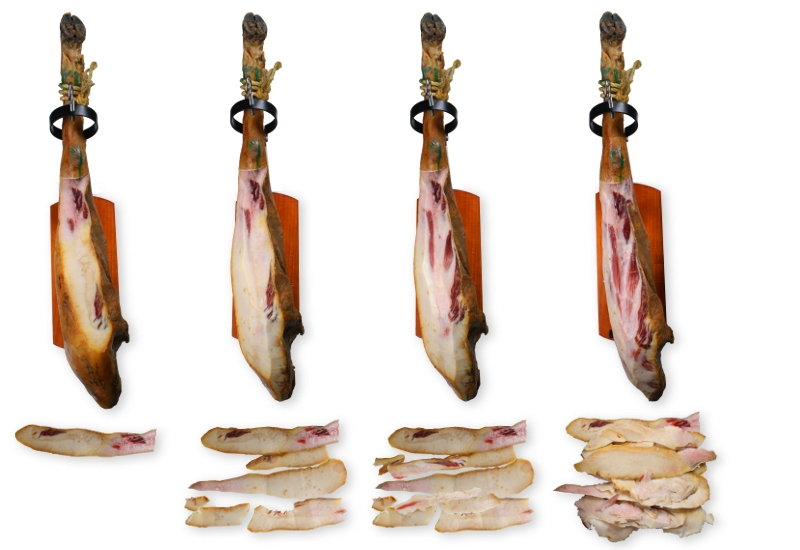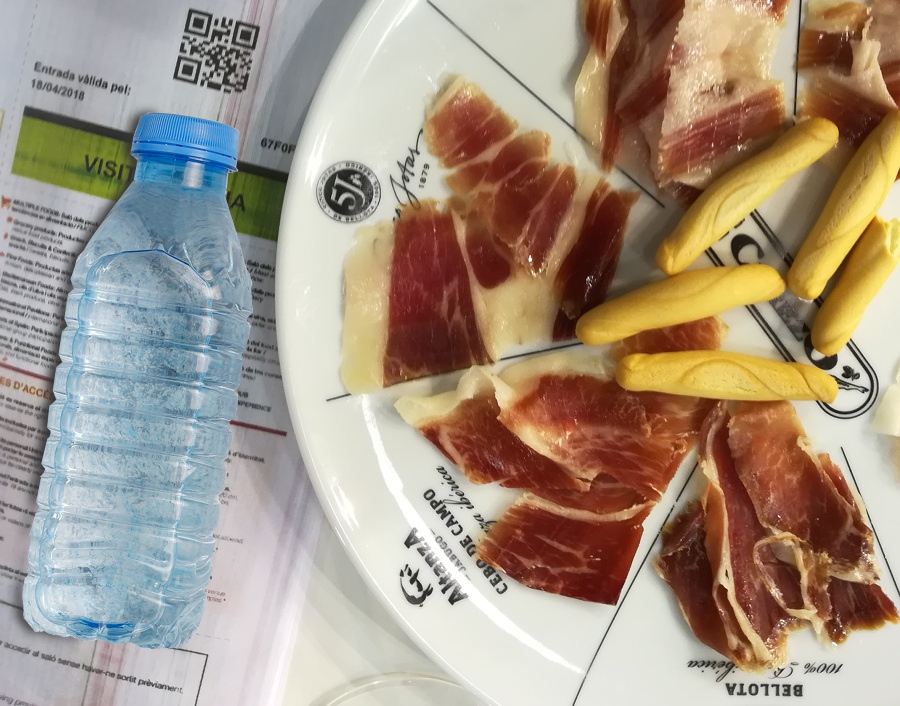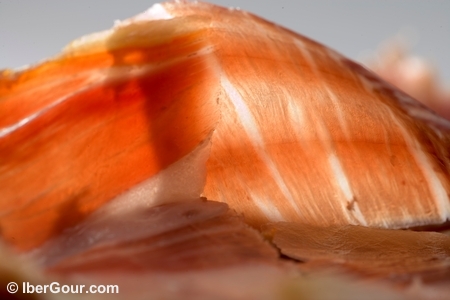 If you are asked which is saltier, a slice of Iberian jamón de bellota or a crisp? The answer will almost always be the crisp. Moreover, if I ask you to first try a sample of each, the answer wouldn’t change.
If you are asked which is saltier, a slice of Iberian jamón de bellota or a crisp? The answer will almost always be the crisp. Moreover, if I ask you to first try a sample of each, the answer wouldn’t change.
The reality is very different: a bag of crisps typically contains 1.5g of salt per 100g of potatoes, … read the rest



